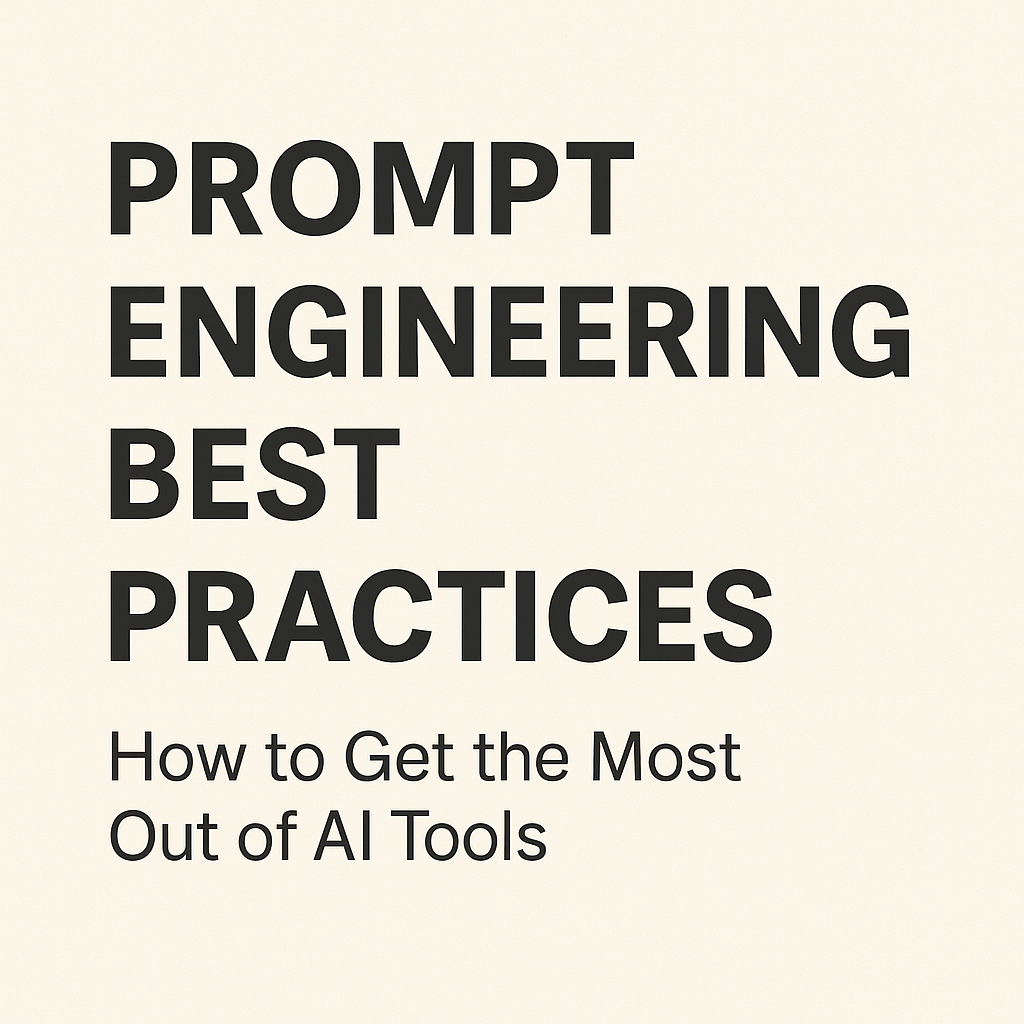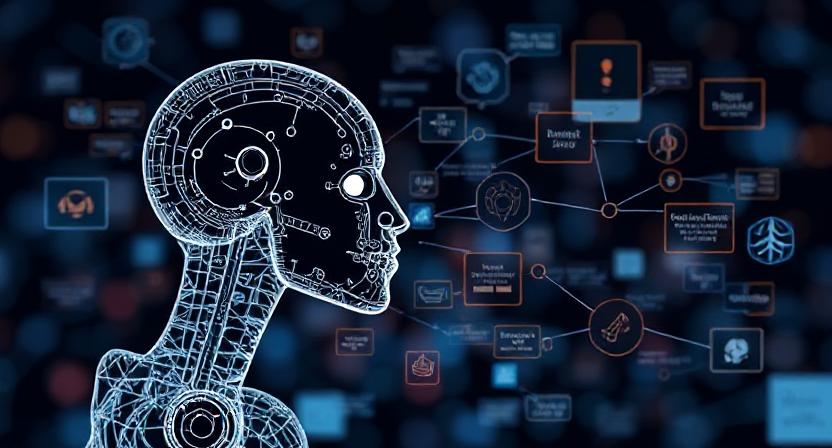Introduction to Machine Learning
Machine learning (ML) has emerged as a cornerstone of technological innovation in today’s rapidly evolving digital landscape. Often referred to as the “new AI,” ML involves algorithms that learn patterns from data and make decisions or predictions without explicit programming. At its core, ML is about enabling systems to improve their performance through experience, essentially teaching machines to act smarter over time.
But what does “advanced” machine learning mean? It typically refers to sophisticated applications of ML techniques designed to tackle complex problems across various industries. These advanced applications often involve deep learning, natural language processing (NLP), computer vision, and predictive analytics, among others. The goal is to create systems that not only perform tasks but also continuously improve their efficiency and accuracy.
This article will explore the fundamentals of machine learning before diving into its advanced applications, providing real-world examples and scenarios to illustrate how these technologies are transforming industries today.
Foundational Concepts of Machine Learning
Before we delve into advanced applications, let’s briefly cover the basics of machine learning. At its simplest form, ML involves training algorithms to identify patterns in data, which they can then use to make predictions or decisions. For example:
- A spam filter algorithm learns to distinguish between legitimate emails and promotional messages based on patterns in user behavior.
- An image recognition system learns to identify specific objects within photographs by analyzing pixel patterns.
These examples represent shallow machine learning models, where the algorithms are not designed to adapt or improve over time. Advanced machine learning, however, focuses on deep learning—a subset of ML that uses neural networks with multiple layers (deep architectures) to
model and solve complex problems.
Advanced Machine Learning Techniques
Now that we’ve established the basics, let’s explore some advanced machine learning techniques and their real-world applications:
1. Deep Learning
Deep learning is a type of machine learning that uses neural networks with many layers to learn hierarchical representations of data. Unlike traditional ML algorithms that rely on handcrafted features, deep learning models automatically discover and extract relevant features from raw input data.
Scenario:
Imagine an e-commerce platform using a deep learning model to recommend products to users based on their browsing history, search queries, and purchase behavior. The system learns from vast amounts of user data, identifying patterns that suggest which items might interest the individual. This engine becomes more accurate as it processes more data, improving user experience without requiring explicit programming for each possible interaction.
2. Natural Language Processing (NLP)
NLP is a field focused on enabling machines to understand and generate human language. It involves techniques like text classification, sentiment analysis, and machine translation, all powered by deep learning models such as transformers (e.g., BERT or GPT).
Scenario:
A virtual assistant app uses NLP-powered algorithms to interpret user queries and perform tasks like scheduling meetings or sending emails. By continuously learning from user interactions, the AI improves its ability to understand nuanced language nuances, making interactions more natural and effective.
3. Computer Vision
Computer vision enables machines to interpret visual information from the world, such as images and videos. It combines algorithms with deep learning models to perform tasks like object detection, facial recognition, and image segmentation.
Scenario:
Autonomous vehicles rely on computer vision systems to identify pedestrians, traffic signs, and road obstacles in real-time. These systems use deep learning models trained on vast datasets of driving scenarios, allowing them to make split-second decisions that ensure safety on the roads.
4. Predictive Analytics
Predictive analytics uses historical data to predict future outcomes by building statistical models. Machine learning algorithms like decision trees, random forests, and gradient boosting are commonly used for this purpose.
Scenario:
Retail companies leverage predictive analytics to forecast customer purchasing behavior based on past transaction patterns. By analyzing data on customer demographics, browsing habits, and purchase history, ML models can identify potential customers likely to churn or respond to promotional offers, enabling targeted marketing campaigns that drive revenue growth.
How Advanced Machine Learning is Changing Business
The applications of advanced machine learning are vast and varied, but they all share a common goal: enhancing decision-making, improving operational efficiency, and delivering better customer experiences. Here’s how some industries are leveraging these technologies:
1. Healthcare
- Diagnosis Systems: Deep learning models analyze medical imaging to detect diseases like cancer with high accuracy.
- Personalized Treatment Plans: ML algorithms predict which treatments will work best for individual patients based on genetic data and medical history.
- Drug Discovery: Complex molecular structures are analyzed using deep learning to identify potential drug candidates, accelerating the development of new therapies.
Scenario:
A hospital uses a deep learning system to analyze mammograms, identifying suspicious lesions that human radiologists might miss. This early detection could lead to earlier treatments and better patient outcomes for breast cancer cases.
2. Finance
- Fraud Detection: Machine learning models identify unusual transactions that may indicate fraudulent activity.
- Algorithmic Trading: Predictive analytics power trading algorithms that execute trades at optimal market moments.
- Risk Assessment: ML models evaluate borrowers’ creditworthiness by analyzing financial and behavioral data.
Scenario:
A financial institution implements an AI-driven fraud detection system that learns from transaction patterns over time. By adapting to new fraudulent schemes, the system minimizes false positives (legitimate transactions flagged as fraudulent) while reducing overall fraud
rates.
3. Energy
- Demand Forecasting: ML models predict energy consumption based on historical usage and weather data.
- Renewable Energy Optimization: Algorithms optimize solar or wind farm performance by analyzing environmental conditions and equipment maintenance history.
- Fault Detection: Predictive maintenance systems identify potential equipment failures before they occur.
Scenario:
A utility company uses a machine learning model to predict when wind turbines will need maintenance based on their operational data. This proactive approach reduces downtime, extends turbine lifespan, and lowers energy production costs for the company.
4. Manufacturing
- Quality Control: Deep learning systems inspect products for defects by analyzing high-resolution images.
- Predictive Maintenance: ML models predict when machinery might fail based on usage patterns and sensor data.
- Supply Chain Optimization: Predictive analytics identifies inefficiencies in logistics chains, reducing transportation costs.
Scenario:
A manufacturing plant employs a machine learning system to monitor assembly line equipment. The system predicts when machines are likely to break down days before they malfunction, enabling maintenance teams to restore operations with minimal downtime.
The Future of Advanced Machine Learning
As computational power continues to grow and data availability expands, so too does the potential for advanced machine learning applications. Upcoming trends include:
- Explainable AI (XAI): Making ML models more transparent so users understand how decisions are made.
- Ethical AI: Addressing biases in algorithms to ensure fairness and transparency in decision-making processes.
- Integration with Other Technologies: Combining ML with blockchain, IoT, and the Internet of Things (IoT) for enhanced data security and system resilience.
These advancements will further enhance machine learning’s impact across industries, creating new opportunities for innovation and growth while raising important questions about ethics, privacy, and job displacement.
Conclusion: Empowering the Future with Machine Learning
Machine learning is no longer a futuristic concept but a reality that’s transforming industries daily. Advanced applications of this technology offer unprecedented opportunities to solve complex problems, improve decision-making, and deliver better services to customers.
From healthcare to finance to energy, ML is empowering industries to operate more efficiently, innovate faster, and ultimately create a better future for all.
By staying informed about the latest developments in machine learning and being proactive in adopting these technologies, organizations can stay ahead of the competition and build a competitive edge in their respective fields. The next frontier in machine learning will undoubtedly shape how we live, work, and interact with technology, leaving us all wondering what comes next.











